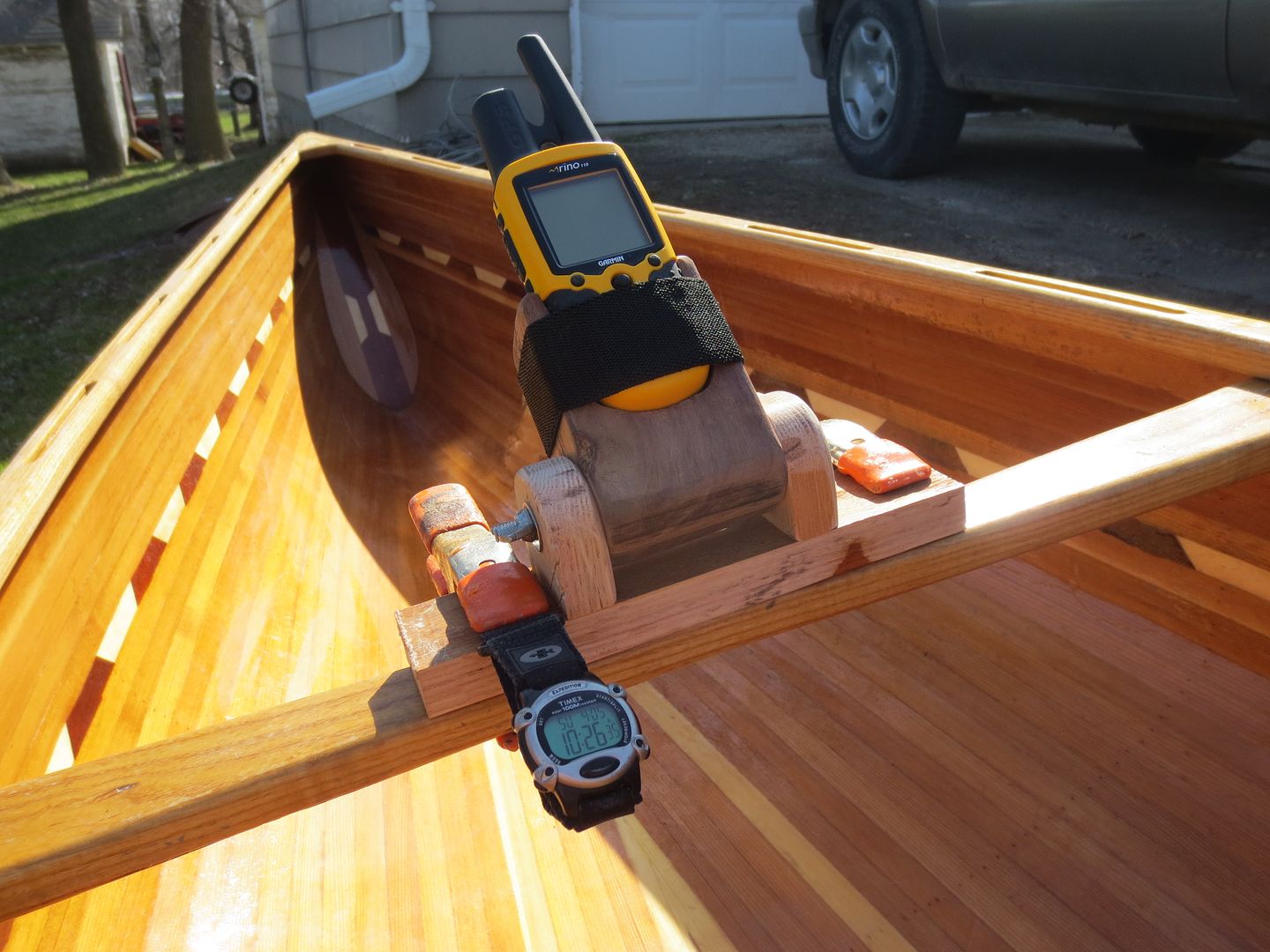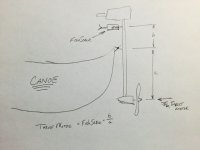I'm in wait for Alan, to build a "Tow Tank" !

Stripperguy
I had thought about putting a pull scale on a hull, weigh it down a little, and push it into the current of the river that runs by my shop, and I might still.
The amount of pull, assuming all the test hulls were weighed the same, and the pull scale attached at the same location, as far as distance above the waterline.
And the distribution of the weight was the same, might yield some useful data.
But a canoe is propelled by a force applied from the sides, alternating from left to right. In my layman opinion, that changes the whole ball game.
That's why I went to the GPS.
Cruise speed IS another thing, to consider. As well as acceleration. All of these would be tough to eliminate the variables, especially for us "HOMIES" !
I guess that's why I haven't seen articles on the subject.
Alan !
Do you know Ted Cramer in Rock Rapids ? He's an animal with a paddle ! He would be a great hull tester !
Thanks Guys for your insight!!! If this was easy it would have been done a long time ago !
Gene Jensen was famous for a quote. Some one asked him when he was going to retire from designing canoes ? He said, " When I build one that goes by itself ! "
Jim


